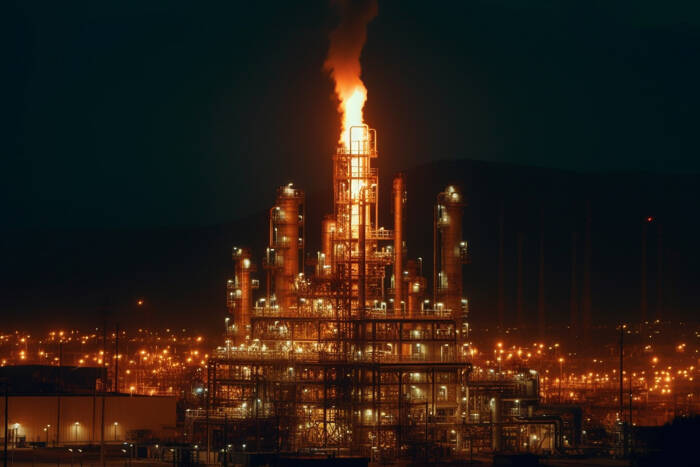Production and storage insights
Natural gas prices fell sharply, reflecting a correction after a recent surge. Increased production in response to higher prices played a large role. The U.S. Energy Information Administration (EIA) reported storage injections of 78 billion cubic feet (Bcf) for the week ending May 17, below the 85 billion cubic feet expected and the five-year average of 91 billion cubic feet. Despite the lower-than-expected injections, storage levels remain 29% higher than the seasonal average.
Impact of weather and power demand
Weather forecasts predict cooler temperatures in the northern U.S., leading to a decline in demand. In contrast, a heat wave is hitting the southern U.S., and electricity use in Texas is expected to reach a new record for May due to increased demand for air conditioning. The U.S. government also predicts an intensifying Atlantic hurricane season, which could affect energy demand and supply trends.
LNG Export and Pipeline Development
LNG export activity increased, with flows to export plants increasing from an average of 11.9 billion cubic feet per day in April to an average of 12.7 billion cubic feet per day in May. However, the market was also affected by the bankruptcy filing of Zackry Holdings, the prime contractor for the $10 billion Golden Pass LNG project. This created uncertainty about the project’s completion timeline.
Technical and Spot Market Pressures
Technically, the market was in overbought territory, leading to a correction. Negative spot market prices were observed in hubs in Arizona and Southern California, reflecting a broader market correction. Daily production in the lower 48 states has increased slightly since early May due to higher prices encouraging drilling, but overall production remains low compared to last year.
Market forecast: Bearish outlook
Looking ahead, natural gas markets are expected to remain under pressure. With milder weather forecasts, especially in the northern U.S., rising production volumes may outweigh demand. However, higher temperatures in the southern U.S. and potential disruptions from hurricane season could increase volatility. Gas demand is forecast to moderate from 92.5 Bcf per day this week to 91.6 Bcf per day next week. Although LNG export volumes are increasing, overall market sentiment remains bearish in the near term.

